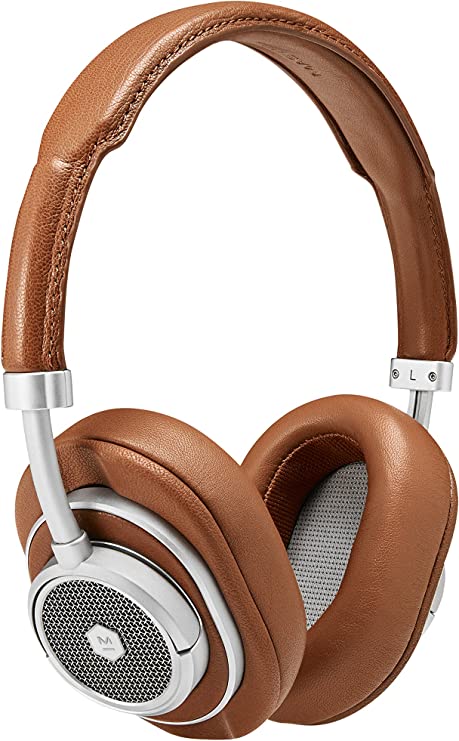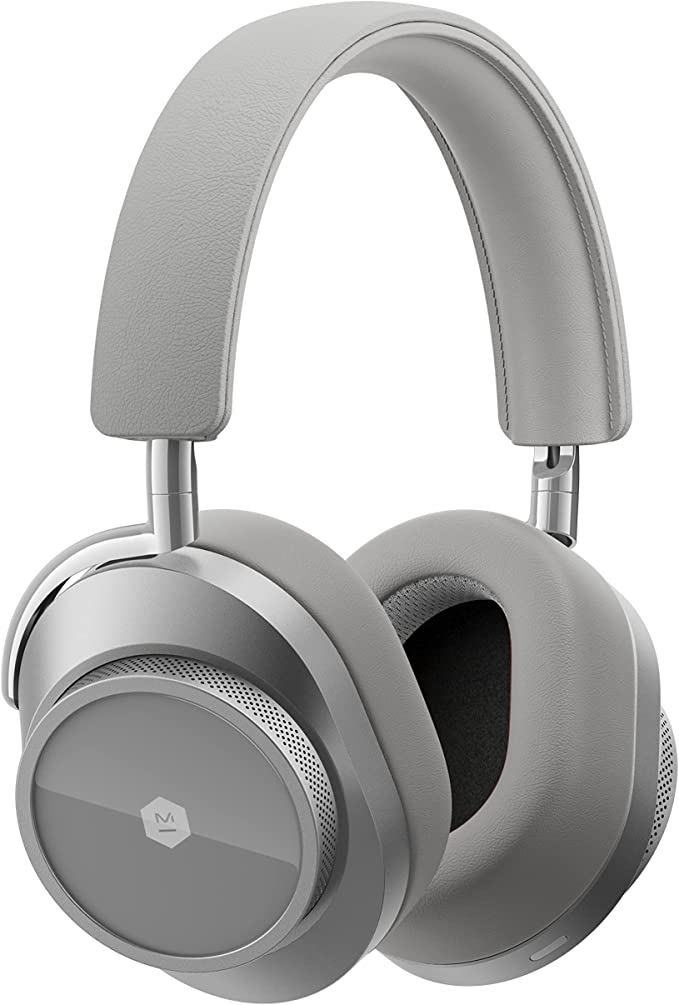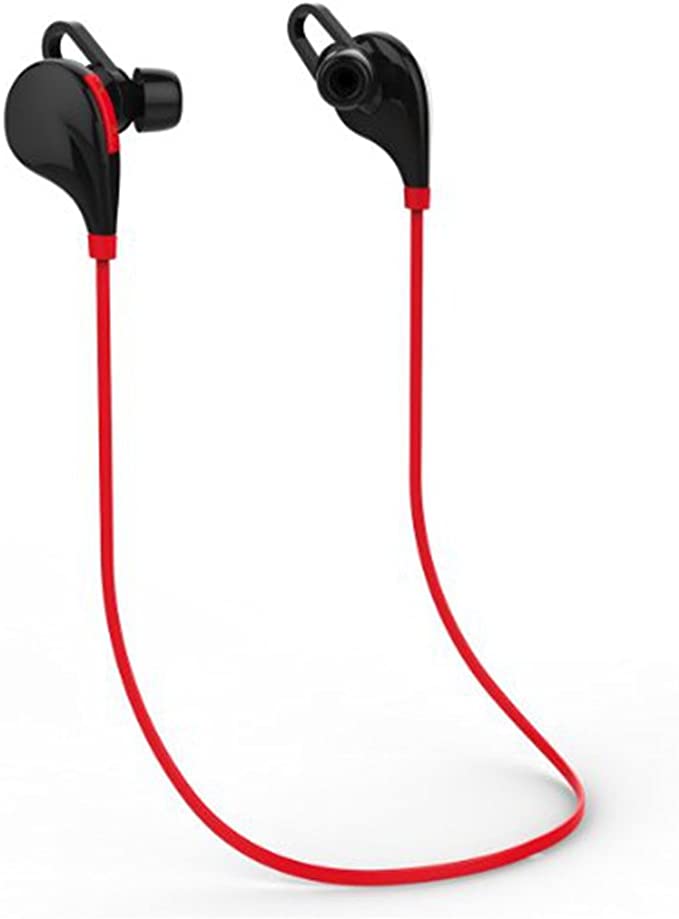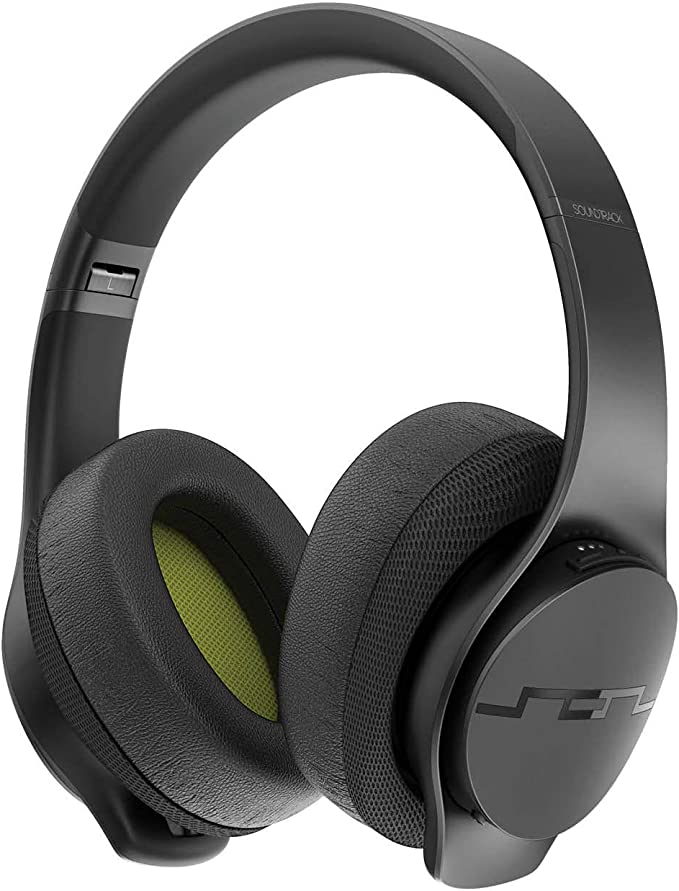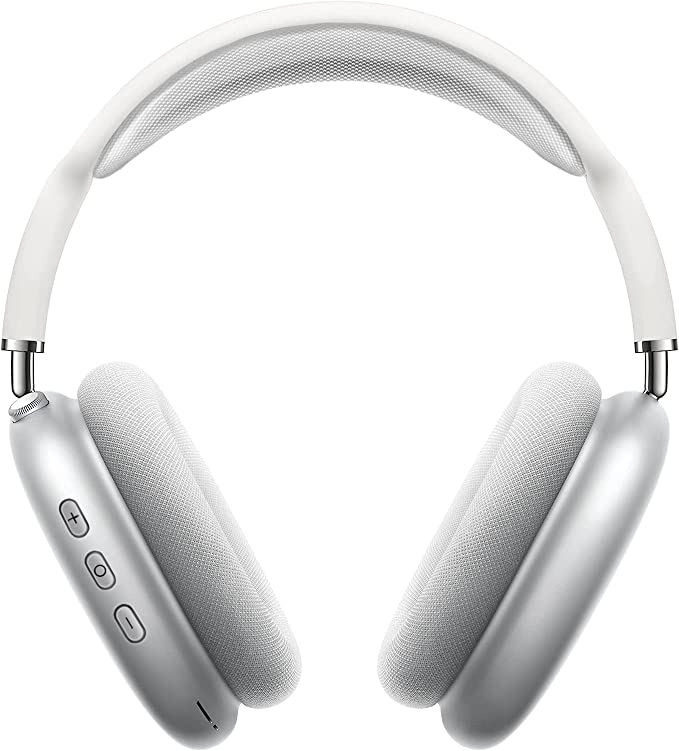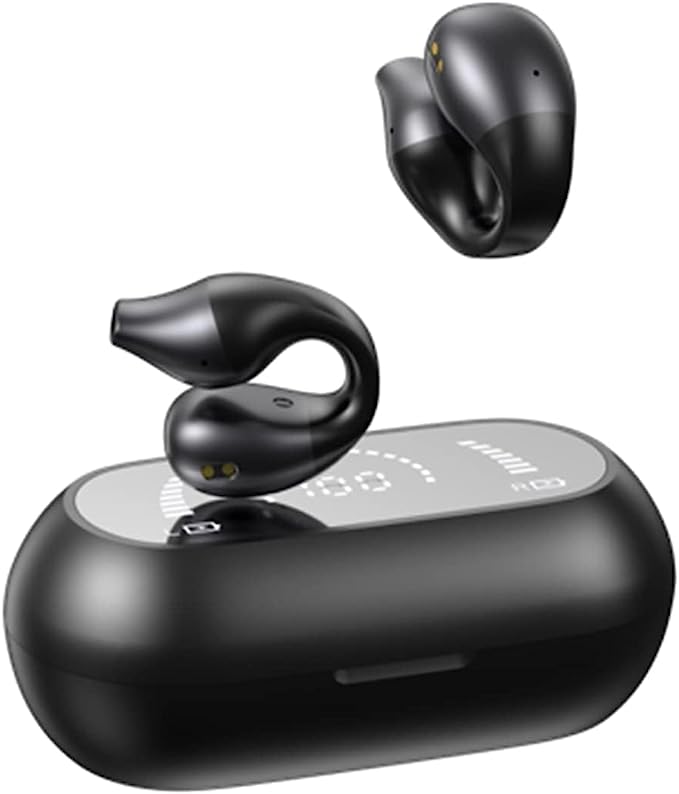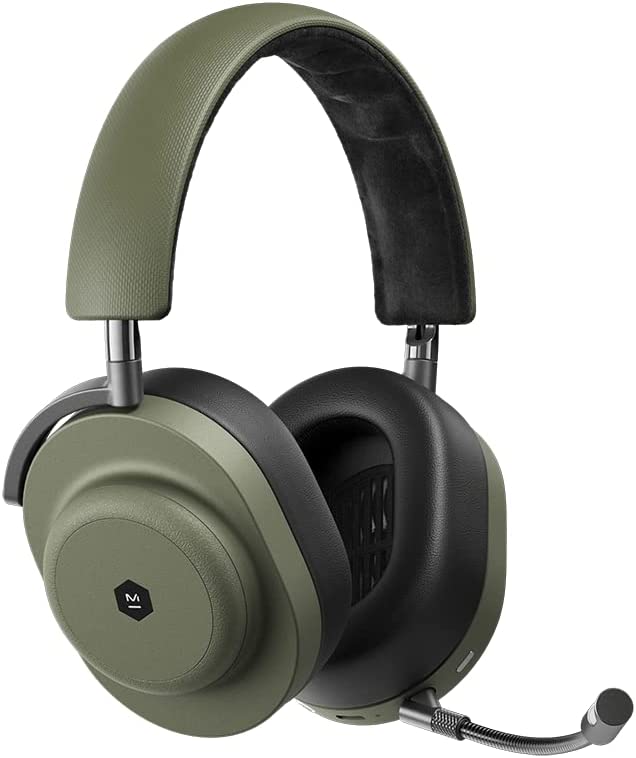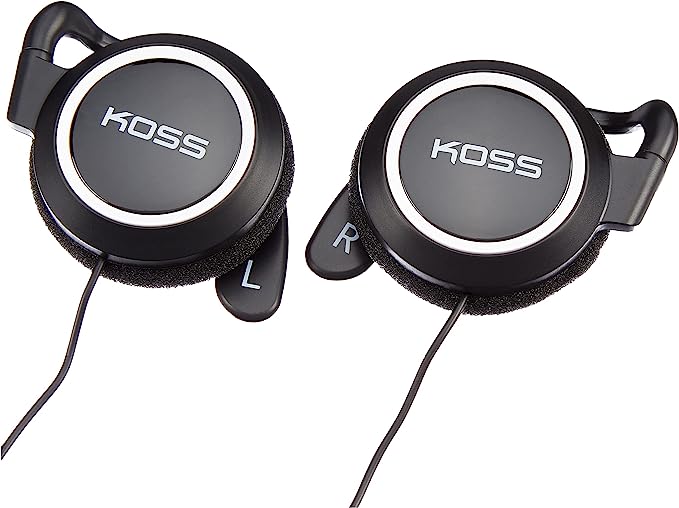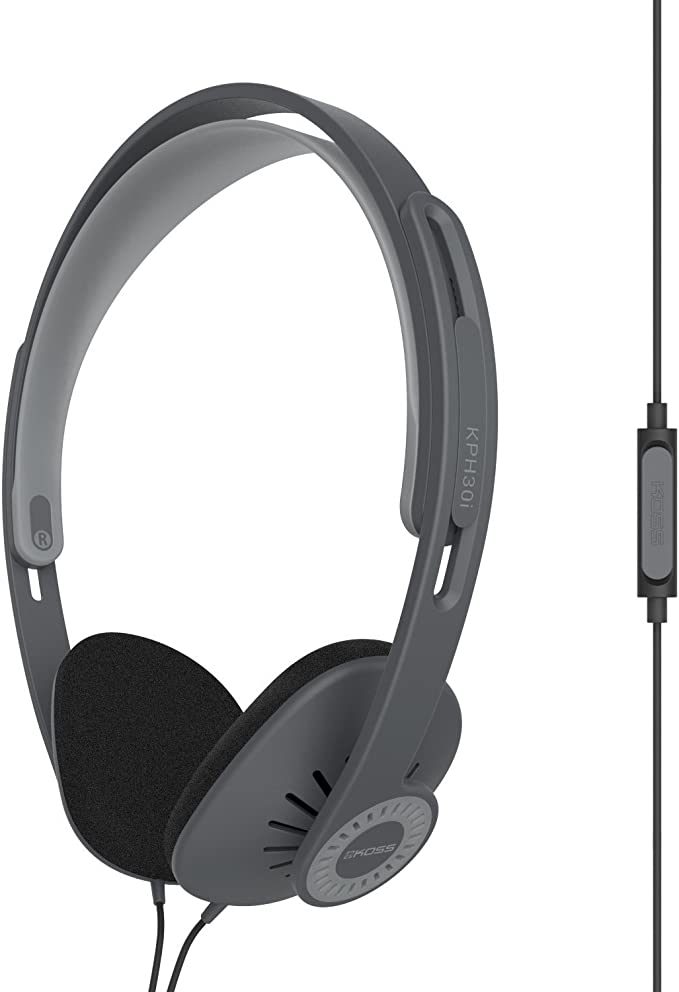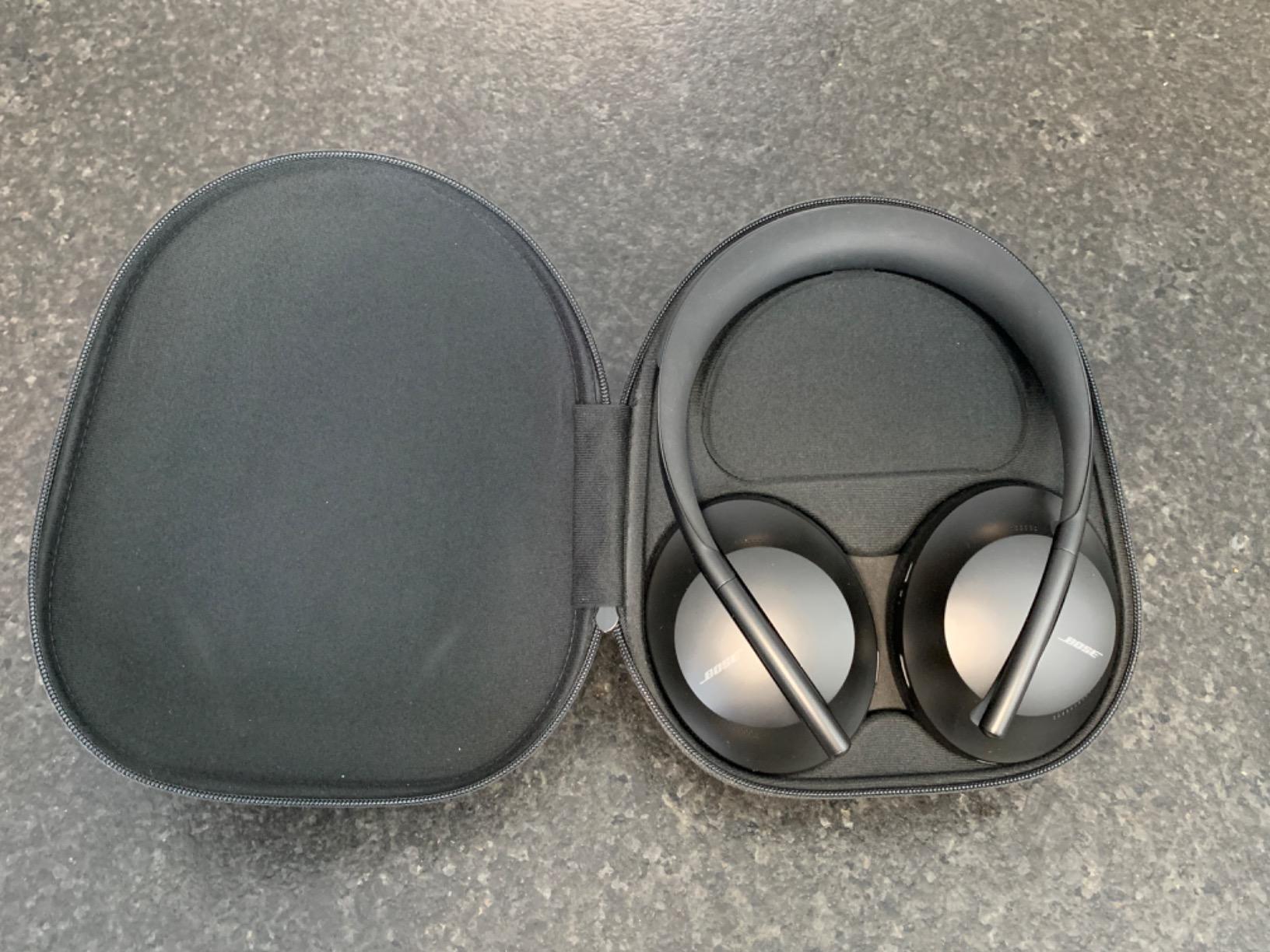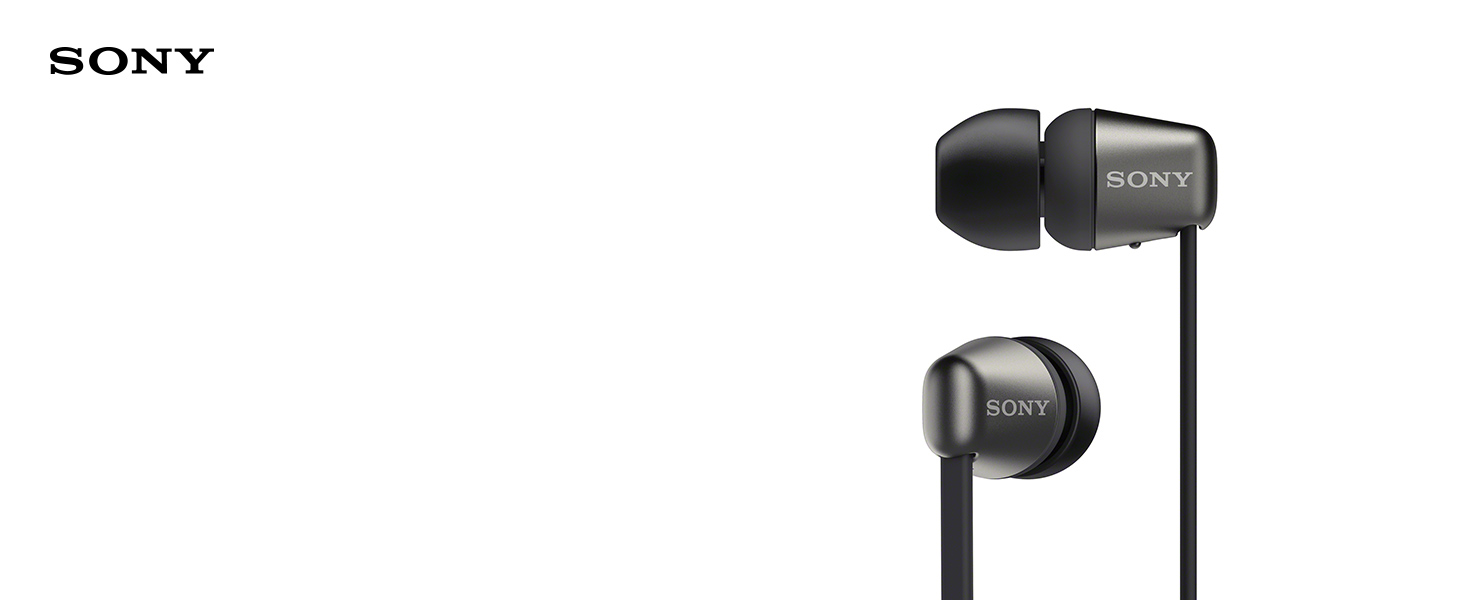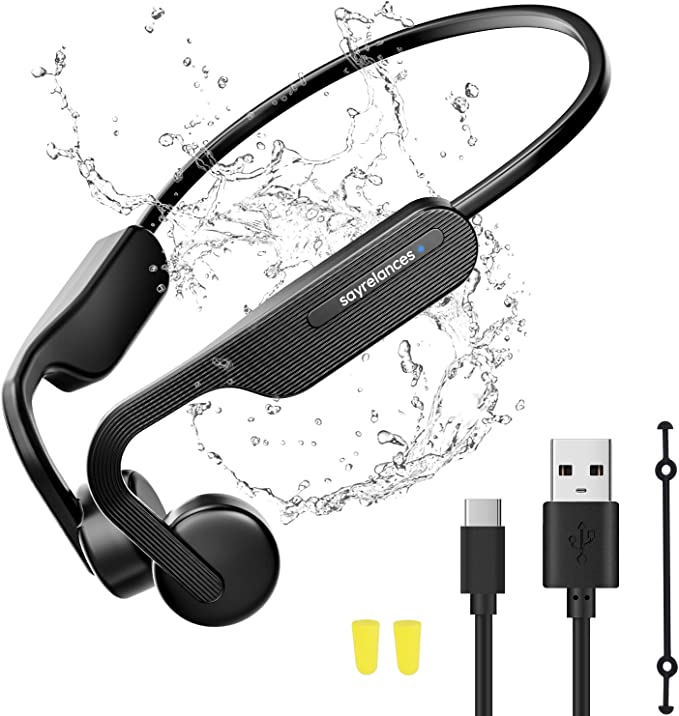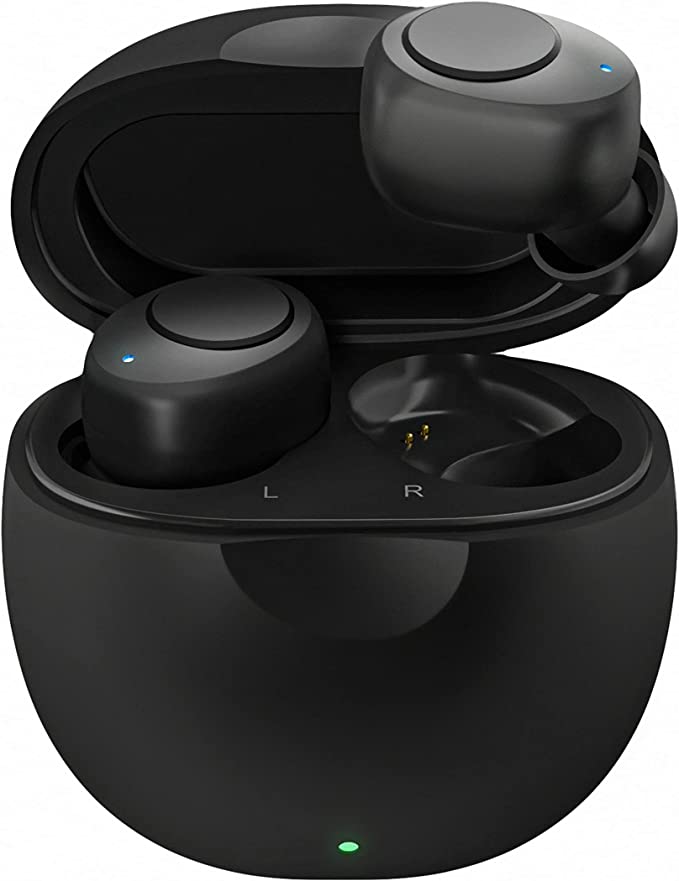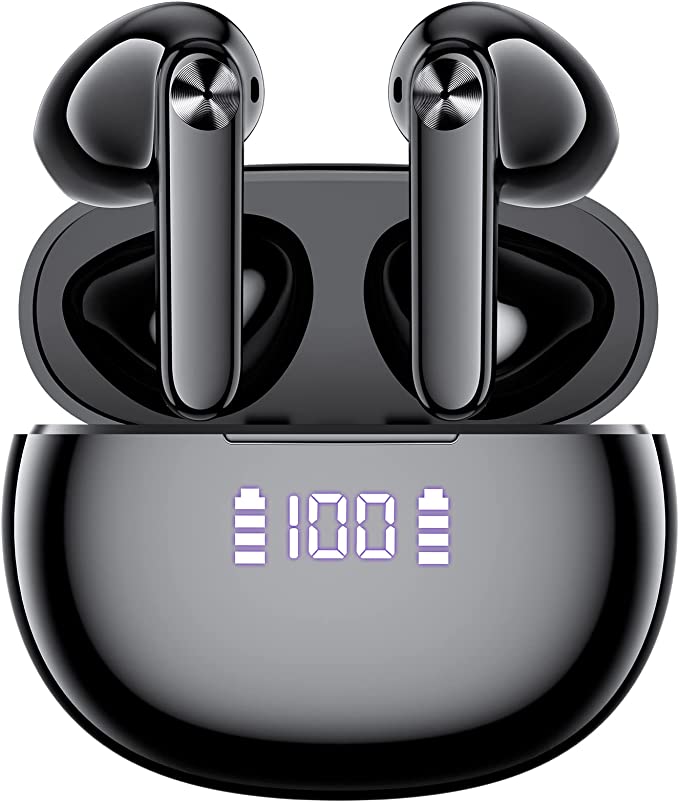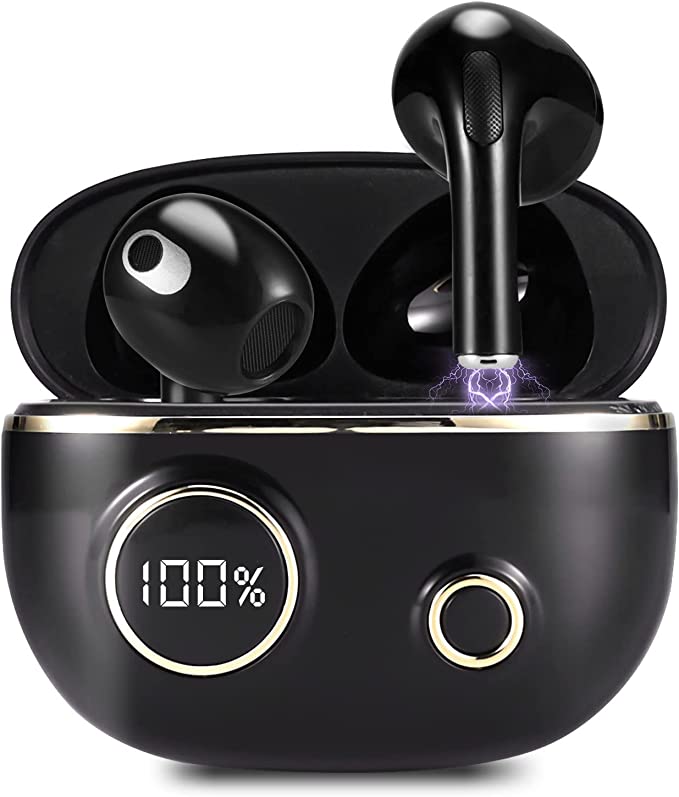Koss Porta Pro Wireless: Legendary Sound, Untethered Freedom
Update on Feb. 19, 2025, 6:29 a.m.
The joy of listening to music, truly hearing it, is a deeply personal experience. For decades, audiophiles and casual listeners alike have sought that perfect balance between immersive sound and the freedom to enjoy it wherever they go. The Koss Porta Pro Wireless headphones represent a unique point on that journey – a blending of a legendary audio legacy with the convenience of modern wireless technology. These aren’t just headphones; they’re a continuation of a story that began nearly four decades ago.

A Stroll Through Sound History
Our relationship with personal audio has changed dramatically over the years. From the bulky, wired headphones of the early 20th century to the sleek, wireless earbuds of today, the technology has constantly evolved. The original Koss Porta Pro, introduced in 1984, became an instant classic. Its lightweight design, comfortable fit, and, most importantly, its remarkable sound quality made it a favorite among music lovers. It was a statement: high-fidelity audio didn’t have to be confined to the living room. It could be portable, personal, and part of your everyday life. The Porta Pro Wireless builds upon this foundation, taking that iconic sound and cutting the cord.
Headphone Physics 101
So, how do headphones actually work? At their heart, they’re essentially tiny speakers. Inside each earcup, you’ll find a component called a driver. Think of the driver as the engine of the headphone. It’s responsible for converting electrical signals from your phone, computer, or music player into the sound waves that reach your ears.
This conversion happens through electromagnetism. The driver contains a coil of wire (the voice coil) and a magnet. When an electrical signal passes through the voice coil, it creates a fluctuating magnetic field. This field interacts with the magnet, causing the coil to vibrate. Attached to the voice coil is a thin, flexible membrane called the diaphragm. As the voice coil vibrates, it moves the diaphragm, which in turn pushes and pulls the air, creating sound waves.
The speed at which the diaphragm vibrates determines the frequency of the sound, measured in Hertz (Hz). A low frequency (e.g., 20 Hz) corresponds to a deep bass note, while a high frequency (e.g., 20,000 Hz) corresponds to a very high-pitched sound. The frequency response of a headphone, like the 15-25,000 Hz range of the Porta Pro Wireless, tells you the range of frequencies it can reproduce. A wider frequency response generally means the headphone can reproduce a more complete and accurate representation of the original audio signal.
Another important, though often misunderstood, specification is impedance, measured in ohms. Think of impedance like the width of a pipe carrying water. A lower impedance (narrower pipe) allows more current to flow easily, while a higher impedance (wider pipe) restricts the flow. The Porta Pro Wireless has an impedance of 60 ohms. This is considered a relatively moderate impedance, meaning it can be driven effectively by most portable devices without requiring a dedicated headphone amplifier.

Untangling the Wires: Bluetooth and aptX Explained
The magic of the Porta Pro Wireless lies in its ability to deliver this high-quality sound without the need for a physical cable. This is achieved through Bluetooth technology. Bluetooth uses short-range radio waves to transmit data, including audio, between devices. It’s like having an invisible wire connecting your headphones to your phone.
However, transmitting audio wirelessly presents a challenge. The digital audio signal needs to be compressed to be sent over the Bluetooth connection, and then decompressed on the receiving end. This compression/decompression process can sometimes lead to a loss of audio quality. This is where codecs come into play.
A codec is essentially a set of rules for encoding and decoding digital audio. The Porta Pro Wireless utilizes the aptX codec, which is known for its superior audio quality compared to the standard SBC codec used in many Bluetooth devices. aptX achieves this by using a more efficient compression algorithm that preserves more of the original audio detail. It also boasts lower latency, meaning there’s less of a delay between the audio source and what you hear. This is especially important for watching videos or playing games, where even a slight delay can be noticeable and disruptive. It’s like the difference between sending a letter via regular mail versus sending it via express courier – aptX gets the audio “package” to your ears faster and in better condition. Even with the best codecs, however, there is an upper limit to how much data that can be beamed wirelessly, so you won’t get “lossless” audio.
The Open Secret: Soundstage and Awareness
One of the most distinctive features of the Porta Pro Wireless is its open-back design. Look closely at the earcups, and you’ll notice they’re not completely sealed. This is intentional. Unlike closed-back headphones, which isolate you from the outside world, open-back headphones allow air and sound to pass through the earcups.
This seemingly simple design choice has a profound impact on the listening experience. First, it creates a wider and more natural soundstage. Soundstage refers to the perceived spatial location of sounds within a recording. With closed-back headphones, the sound can often feel like it’s coming from “inside your head.”” With open-back headphones, like the Porta Pro Wireless, the sound feels more expansive, as if it’s coming from the space around you, similar to listening to speakers in a room. This creates a more immersive and realistic listening experience, particularly for genres like classical and jazz, where the spatial placement of instruments is important.
Second, the open-back design allows for greater situational awareness. Because you’re not completely sealed off from your surroundings, you can still hear what’s going on around you. This is a crucial safety feature if you’re using the headphones outdoors, such as while walking or cycling. It also allows you to have conversations or hear important announcements without having to remove your headphones. Think of it like having a conversation in a room with music playing in the background – you can enjoy the music while still being aware of your surroundings. Of course, this also has the consequence of allowing some sound to “leak” out which could be a disturbance to the people around.

The Koss Signature: Drivers and Materials
The “Sound of Koss” is a term often used to describe the characteristic audio quality of Koss headphones, and the Porta Pro Wireless is no exception. This signature sound is largely due to the careful engineering of the dynamic drivers. As we discussed earlier, the driver is the heart of the headphone. In the Porta Pro Wireless, the dynamic drivers utilize voice coils made of oxygen-free copper.
Why is oxygen-free copper important? Copper is an excellent conductor of electricity, which is essential for efficiently transmitting the audio signal to the diaphragm. However, even small amounts of oxygen in the copper can create impurities that impede the flow of electrons, slightly degrading the signal. Oxygen-free copper, as the name suggests, has had the oxygen content significantly reduced, resulting in improved conductivity and a cleaner, more accurate audio signal. It’s like comparing a clear, unobstructed pipe to one with some rust or buildup – the clear pipe allows for smoother, more efficient flow.

Comfort and Convenience: The Porta Pro Design
The original Porta Pro was renowned not only for its sound but also for its incredibly comfortable and lightweight design. The Porta Pro Wireless retains this legacy. The adjustable headband allows you to find a secure and comfortable fit, regardless of your head size. The ComfortZone feature, with its adjustable temporal pads, further enhances comfort by allowing you to fine-tune the pressure on your temples. This is particularly important for extended listening sessions, as it helps to minimize fatigue.
Weighing in at just 50 grams, the Porta Pro Wireless is exceptionally light. You’ll barely notice you’re wearing them, even after hours of use. And when you’re ready to pack them away, the collapsible design allows for easy storage in the included hard-shell case. This portability makes them an ideal companion for travel, commuting, or simply moving around your home.

Beyond the Specs: Real-World Scenarios
Let’s move beyond the technical details and consider how the Porta Pro Wireless fits into real-life situations. Imagine a musician, practicing their instrument while listening to a backing track through the Porta Pro Wireless. The open-back design allows them to hear both their instrument and the track clearly, creating a natural and balanced sound. Or picture a student studying in a library, enjoying their favorite study playlist without completely blocking out the sounds of their environment, allowing them to hear important announcements or a friend calling their name. And consider the remote worker, participating in a conference call with crystal-clear audio thanks to the integrated microphone, while still being able to hear the doorbell or their children playing in the next room. These are just a few examples of how the unique combination of features in the Porta Pro Wireless enhances everyday experiences.

Conclusion: A Timeless Classic, Reimagined
The Koss Porta Pro Wireless headphones are more than just a piece of technology; they’re a testament to the enduring power of good design. They take the legendary sound and comfort of the original Porta Pro and seamlessly integrate the convenience of wireless technology. The open-back design, the high-quality drivers, the comfortable fit, and the portable form factor all combine to create a listening experience that is both immersive and practical. It’s a reminder that sometimes, the best way to move forward is to build upon the foundations of the past. The Porta Pro Wireless allows you to enjoy the soundtrack of your life, wherever it may take you, with a sound quality that has stood the test of time. If you value an audio experience that is both faithful to the music and connected to the world around, exploring this modern take on a classic is a journey well worth taking.



